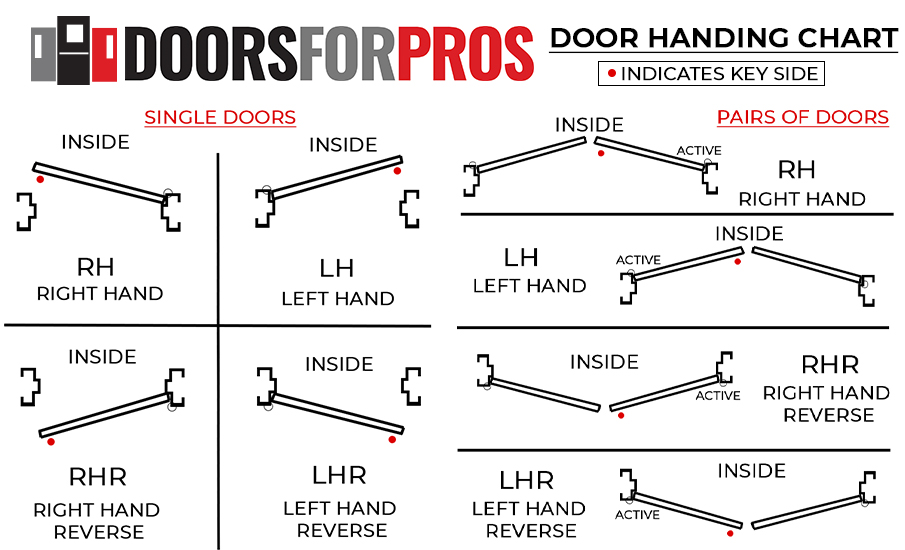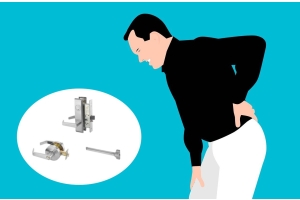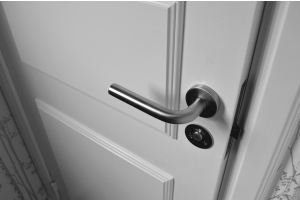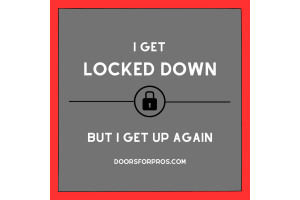Cookies help us deliver our services. By using our services, you agree to our use of cookies. Learn more
Door and Lock Handing
Conner Mulrooney

Understanding Door Handing: A Guide for Homeowners and Professionals
Have you ever been confused about door handing? You're not alone! Understanding door handing is essential for selecting and installing the right doors for your space. Let's delve into the basics:
What is Door Handing? Door handing refers to the direction in which a door swings open or closes. It's determined by standing on the outside or exterior side of the door and observing which side the hinges are on and which side the handle or knob is on.
Types of Door Handing - When Standing Outside The Room/Opening....
Left-Handed (LH): Hinges are on the left, and the door swings inward to the left.
Right-Handed (RH): Hinges are on the right, and the door swings inward to the right.
Left-Handed Reverse (LHR): Hinges are on the left and the door swings outward to the left (towards you) instead of inward.
Right-Handed Reverse (RHR): Hinges are on the right and the door swings outward to the right (towards you) instead of inward.
Why Does Door Handing Matter? Understanding door handing is crucial for several reasons:
Proper Installation: Installing a door with the correct handing ensures smooth operation and prevents issues like misalignment or difficulty in opening and closing.
Security: Knowing the handing helps determine the placement of locks and latches for optimal security.
Aesthetic Appeal: Properly hung doors enhance the overall appearance of a space and contribute to its functionality.
How to Determine Door Handing: To determine door handing:
Stand outside the room or space where the door will be installed.
Identify the side where the hinges are located.
Note the side where the handle or knob is positioned.
Refer to LH, RH, LHR, or RHR (see above) based on the observed configuration.
Conclusion: Understanding door handing is fundamental for selecting, installing, and maintaining doors in residential and commercial settings. Whether you're a homeowner embarking on a renovation project or a professional contractor working on a new build, knowing the basics of door handing ensures that your doors operate seamlessly and enhance the functionality and aesthetics of your space.
For high-quality door hardware and expert advice, explore our wide range of products at Doors For Pros. We're here to help you make informed decisions for your projects!






